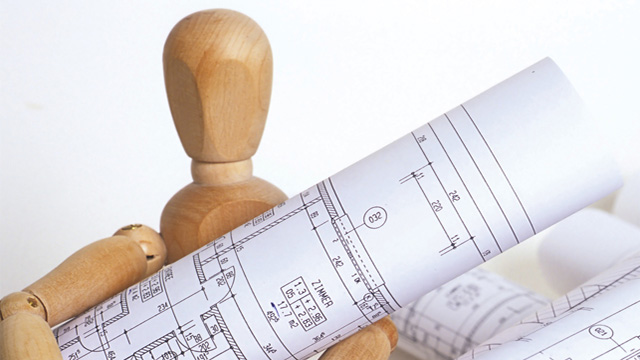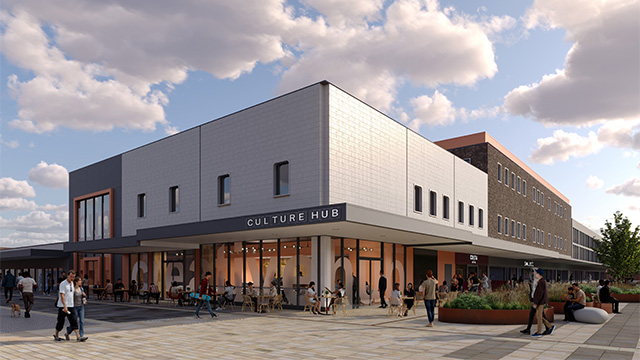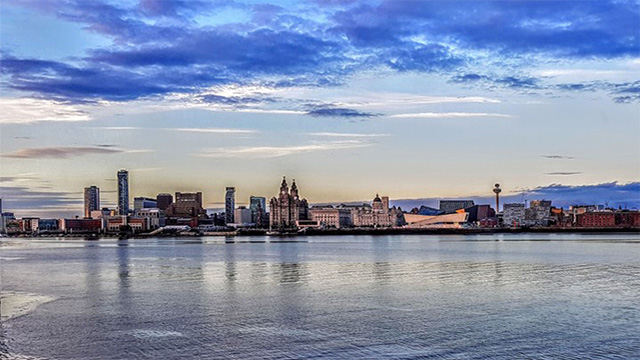COMMENT: Cities are a key driver of climate change, and as its effects become more extreme, cities will also become some of the worst hit locations.
Over the past three summers we’ve seen what the future might look like without fast, bold action to reduce emissions. New York subways and German streets were transformed into raging rivers, while sweltering London heat waves buckled train tracks and brought TFL to its knees.
Estimates suggest cities are responsible for 75% of global CO2 emissions, which shows we must drastically change how they operate.
Often, we focus on adapting to solve the symptoms of a problem, such as flooding or heat, without reducing the root causes which contribute to the crisis.
The measures we take to adapt cities to weather the effects of climate change could also be used to reduce emissions. But the real key will be proper, joined-up thinking – linking these projects together to create liveable, sustainable and future-proofed cities.
This year Taylor Wessing released a report called City 2040, led by partner Adam Marks, which sets out four core themes for the coming 20 years: clean air, equity and exchange, public and private land, and clustering and proximity.
Clean air provides a good example of how joined-up thinking could bring about dual solutions. For example, a clean air project to reduce emissions could see a rise in electric vehicles. These vehicles reduce noise, creating more peaceful environments. It also improves air quality, which is linked to deteriorating mental health and improves physical health, especially for children with developing respiratory systems.
A push to scale up urban vegetation to help with clean air also offsets emissions and helps to counteract extreme weather patterns by providing cooling, shading and absorbing rainwater.
Historically we have thought about cities as having a single central business hub which the residential portions of the city develop around, commuting in and out of each day. Instead, our cities of the future should change into interconnected clusters with a number of small hubs. This would reduce commutes, with people operating in their own clusters, thus improving air quality.
A model of this kind would also leave larger sections of green space, offsetting emissions. It also offers the chance to create thriving social environments where community can be more easily established.
We all want our cities to be places where people can thrive, but we also need them to become more sustainable and be better prepared for the extreme weather events we will encounter due to the impacts of climate change.
Looking ahead to the next 20 years as we begin to build to adapt to climate change effects, we have a window to look at how these measures can combat symptoms, but also reduce the root cause and create greater living experiences.
Lawrence Barnes is sustainability manager at Taylor Wessing











